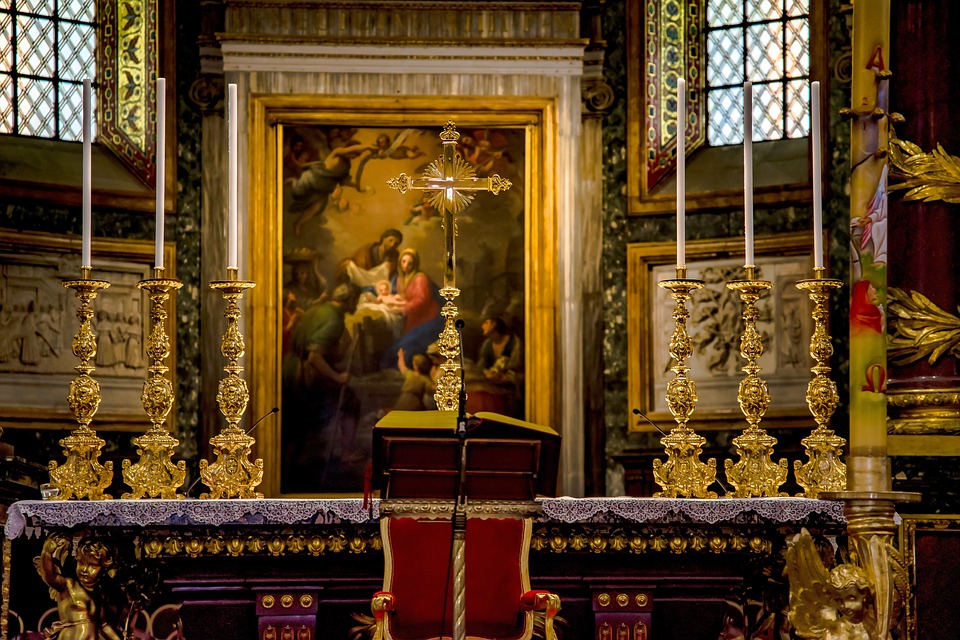November XNUMXst, All Saints' Day, the day in which the saints canonized by the Church are honored. It is an anniversary whose ancient roots date back to before the year 835 when in XNUMX the king of the Franks, Louis the Pious, decreed it as a feast of precept with the consent of Pope Gregory IV.
The feast to 'Christianize' pagan worship
The pontiff and with him the whole Church thus tried to 'Christianize' the Celtic feast of Halloween which practically celebrated falling asleep, the temporary 'dying' of nature. The night that sanctioned the transition from the heat of summer to the latent life of the cold months, was called Nos Galan-Gaeaf, meaning the night of the calends in winter.
The spread of Christianity gave this festival a spiritual and religious connotation; thus putting the agricultural and pagan meaning in the background. Pope Sixtus IV, in 1475, made the feast of All Saints compulsory ma the pagan cult 'of the night when the dead return to the living' it survived, especially among the peoples of Anglo-Saxon origin. Today it is identified with the feast of Halloween.
The Beatitudes, the daily Gospel
In the All Saints liturgy the Catholic Church presents the passage from the Gospel of the Beatitudes. “Blessed are the poor in spirit, the meek, the afflicted, the peacemakers, the merciful, the pure in heart for they will see of God”. This is a synthesis of the biblical Beatitudes which many theologians and philosophers consider the quintessence of the Gospel.

It is certainly an extremely topical step, an invitation to lend a hand to those on the margins, to bring peace to territories where conflicts reign, where hatred sows war. The Beatitudes today could be translated into the appeal for a more just and supportive society, which gives space to the least and the weakest. A lesson in everyday life for a less frenetic, cynical and individualistic world, in which it is important to be and not to have. A world in which the life and dignity of people is an asset to be defended and not to be trampled on.
The sacred and popular piety
In Catholic Italy, the seat of the Chair of Peter, the feast of All Saints continues to have its strong religious and cultic connotation but, as often happens in these cases, the solemnity of the rite is accompanied by traditions and customs born from popular piety.

A little in all regions the sacred joins the profane of beliefs and customs that are now part of the local history of the territories. Among the typical customs there are the characteristic dishes of the day of the Saints. In addition to food, small rituals that resist modernity and fashions are also handed down in some regions. Dried fruit typical of this period, sweets such as "Fave dei morti" which, depending on the region, change their name to "Bones of the dead"; the carved pumpkins that become lanterns, the water to 'quench' souls, the tables set in the night between 2st and XNUMXnd November, perhaps near a lit fireplace.

They are not there but we still feel them among us
They are moments of earthly life with which we want to pay homage to the saints but they are also a thought for the deceased loved ones who are remembered on November 2. The two recurrences are closely linked: the transcendence of the spiritual aspect of both days continues to meet with traditions that recall the immanence of souls, transporting them into the materiality of everyday reality. Uses and customs that, in the collective imagination, welcome the saints and, ideally, bring the dead back to our homes. We cook for them, decorate the table, keep the fire alight. The spirit of the saints is invoked for those souls who are already from another world but we still like to hear among ourselves.






